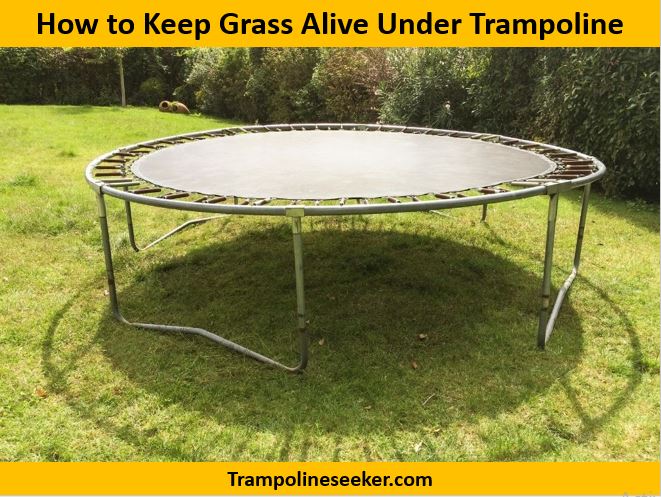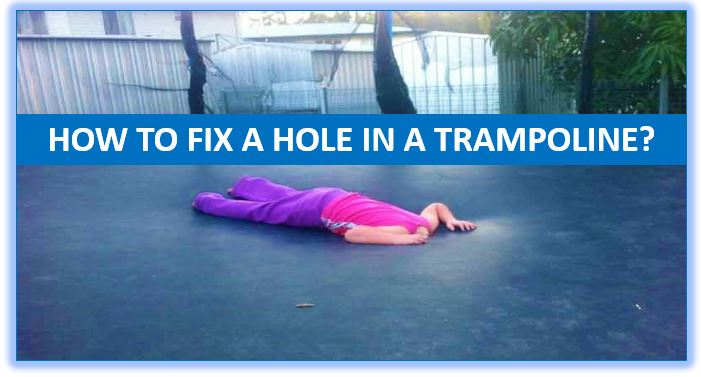Jumping on a trampoline, also known as rebounding, has become a popular form of exercise in recent years. As a low-impact cardio activity, it offers numerous health benefits like improved heart health, better balance and spatial awareness, lower limb strengthening, and increased energy.
However, many people, especially women, wonder if rebounding is safe and beneficial for the pelvic floor muscles. In this comprehensive guide, I will analyze the available research and share my expertise on this topic.
In Short – It Depends
The effects of rebounding on the pelvic floor depend mainly on two factors:
- The impact level of the rebounding exercises
- Individual risk factors like existing pelvic floor conditions, childbirth history, weight etc.
For most people without major pelvic floor issues, gentle to moderate rebounding should be safe and even helpful in strengthening the muscles. However, those with weak pelvic floors, urinary incontinence, prolapse etc. need to take precautions and slowly build up capacity.
Let’s look at the details.
Impact Level of Rebounding
There are no direct studies on rebounding and the pelvic floor. However, research exists on trampolining which involves jumping on a trampoline. This is a high-impact exercise with forceful landings.
A study found that female trampolinists over 15 years reported bladder leakage issues during training sessions. This indicates high and repetitive impact rebounding can increase pelvic floor problems.
So while moderate rebounding differs from competitive trampolining, one still needs to be mindful of impact, especially with existing pelvic floor weakness.
Individual Risk Factors
Our individual risk varies based on:
- Current pelvic floor strength and support
- Presence of urinary incontinence, prolapse etc
- Childbirth history
- Weight and abdominal fat
- Past pelvic surgeries
- Chronic cough or constipation
- Heavy lifting lifestyle
Those with multiple risk factors need to take extra care with rebounding.
Tips to Make Rebounding Pelvic Floor Safe
Here are some precautions you can take based on your individual case:

1. Start Low Impact
- Avoid high jumps and hard landings
- Keep one foot on the trampoline
- Try gentle bouncing or jogging motions
2. Activate Pelvic Floor First
- Do some kegel contractions before stepping on
- Gently engage muscles while bouncing in the beginning
3. Monitor Time and Progression
- Start with 30-60 seconds
- Slowly increase duration every few days
- Stop if you feel heaviness or leakage
4. Adjust Overall Routine
- Lesser weights and resistance training
- Focus on posture and core strength
5. Get Professional Help if Needed
- Consult a pelvic floor physiotherapist
- Take treatments for prolapse, incontinence etc.
Benefits of Rebounding for Pelvic Floor
While rebounding carries some risks for vulnerable pelvic floors, it can also help strengthen the muscles when done correctly.
Here are some potential benefits:
1. Reflexive Muscle Activation
The trampoline mat reflexively activates muscles, including the pelvic floor, with each light bounce.
2. Prevents Cramping
Gentle rebounding motion alternates muscle tension and relaxation. This helps avoid cramping from overuse.
3. Low Impact Training Option
The pelvic floor can be trained effectively even with low impact exercise. No need for vigorous motions.
4. Improves Confidence and Health
As the pelvic floor gets stronger, symptoms like leaks and heaviness reduce. This boosts comfort and morale.
My Experience with Rebounding
As a women’s health physiotherapist, I have personally used rebounding to rebuild my pelvic floor postpartum. Based on my expertise, here is what worked for me:
Started after 6 months
I gave my body sufficient healing time after a complicated delivery. Starting too early could have caused setbacks.
Built Foundational Strength First
Before rebounding, I focused on low impact core and glute exercises to create a stable base.
Started Very Gradual
I would do just 1-2 minutes of very gentle bouncing initially with conscious muscle engagement.
Took Days Off
I wouldn’t rebound daily but rather take a day or two off to allow muscles to recover.
Used Supportive Gear
I wore a light pad as backup for the first few weeks despite slow progression.
Saw Quick Gains
Within 8-10 weeks, I was able to rebound for 15-20 minutes seamlessly!
So with the right precautions, rebounding helped me bounce back faster than expected.
Conclusion
Rebounding can be a great exercise for the pelvic floor provided you tailor the activity to your individual capacity and take necessary precautions. Low impact bouncing paired with foundational core strength training helps creating the perfect recipe for success.
Implement the tips in this guide and consult a professional if needed, and you too can leverage rebounding to lift your pelvic floor health. Let me know in the comments if you have any other questions!
FAQs
Q1. Can men also benefit from rebounding for their pelvic floor?
Yes, men can also use gentle rebounding under guidance to improve pelvic control, especially important after prostate surgeries.
Q2. Is jogging on a trampoline safer than ground jogging?
For most people, the trampoline mat provides more cushioning from impact than hard surfaces. So rebounder jogging creates lower joint stress.
Q3. How long should a rebounding session last typically?
In the beginning, start with just 1-2 minutes and slowly build upto 15-20 minutes over 8-12 weeks. Take additional rest days to avoid overtraining.
Q4. Will rebounding help a mild uterine prolapse?
It can help strengthen the pelvic floor which supports organs like the uterus. However, those with severe cases should get clearance from a pelvic floor physical therapist first.
Note: Some of the information in this article is from an individual lady, but the article is written by M Waqas Saeed.
Articles You May Like to Read:













